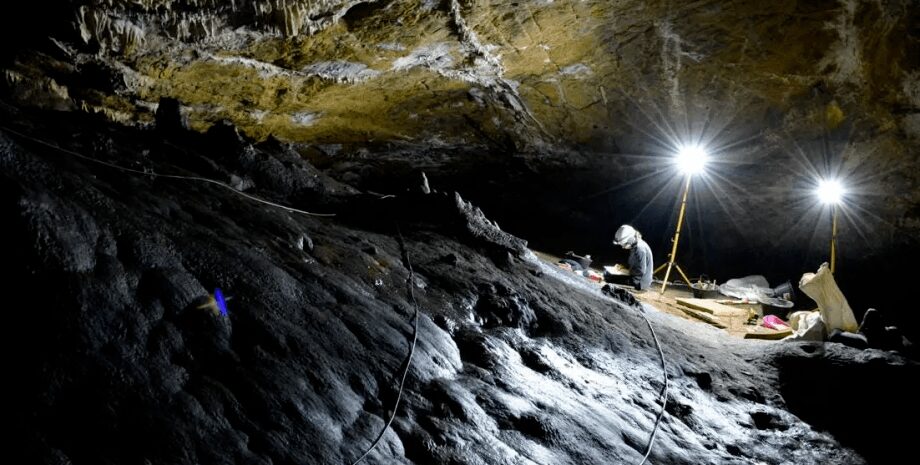In the cave, scientists also examined the layers of sediments and collected fragments of pottery, samples of animal and human remains, fabrics, tools, and more.
A new study by scientists suggests that the Cueva de Ardales cave in southern Spain has been regularly visited by prehistoric people for at least 50,000 years.
The first visitors to the cave were Neanderthals around 65,000 years ago. After that, modern people used the cave at different time periods to create works of art and perform ceremonial tasks.
In 1821, thanks to an earthquake, scientists were able to gain access to a forgotten cave near the city of Ardales in the province of Malaga. Cueva de Ardales is adorned with a variety of ancient cave paintings, but the cave has been surprisingly little explored since it was rediscovered two hundred years ago.
The first visitors to the cave were Neanderthals around 65,000 years ago.
In order to better understand when the cave was used and why, a group of researchers from Spain and Germany carried out excavations at the entrance to the cave. They took samples from the first 20 meters of the cave entrance, where a 19th-century staircase leads down into the interior of the cave. In the area, scientists have explored sediment layers and collected fragments of pottery, samples of animal and human remains, textiles, tools, and more.
To determine how old these items are, the research team used different methods. Just looking at what layer of sediment something is in already gives an idea of how long it has been there. But experts have also used radiocarbon dating to better understand the age of organic materials found, such as charcoal remains, bones or tissue.
They found many samples of ocher, consistent with works of art created at the site during the Paleolithic era. The location and position of the human remains also indicated that the cave may have been used as a burial site during the Holocene. There was little evidence that these caves were inhabited, so it seems more likely that the site was used only occasionally, such as for burials or for the creation of works of art.
In order to better understand when the cave was used and why, a group of researchers from Spain and Germany carried out excavations at the entrance to the cave.
However, not everything the research team found was prehistoric. One of the interesting items they found was a piece of rope that had completely calcified over time. Based on radiocarbon dating and other specimens from this part of the entrance, this rope appears to have been used in the 16th or 17th century.
Thus, even though the entrance to the cave was hidden until 1821, there must have been another way inside, and at least some people knew how to get there. It is worth noting that only the entrance to the cave was studied in this study, and the cave paintings in this part of the cave are very different from those found in the rest of the cave.
Recall that earlier archaeologists discovered another cave, but the find was made in Iceland. Scientists believe that the cave could have been used to keep livestock, but what it was used for before is not yet clear.
Photo: Cueva de Ardales cave in southern Spain












